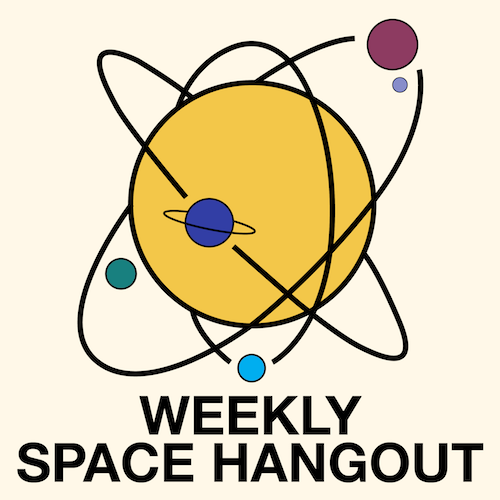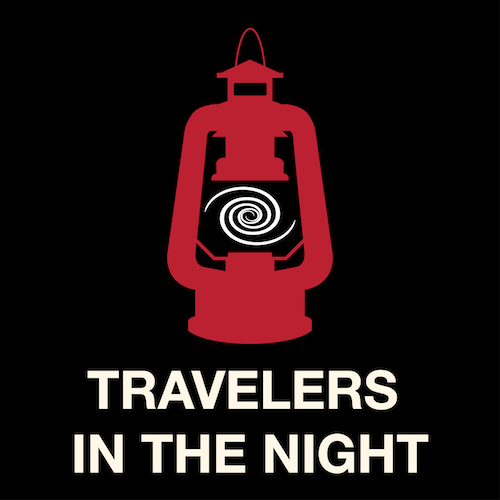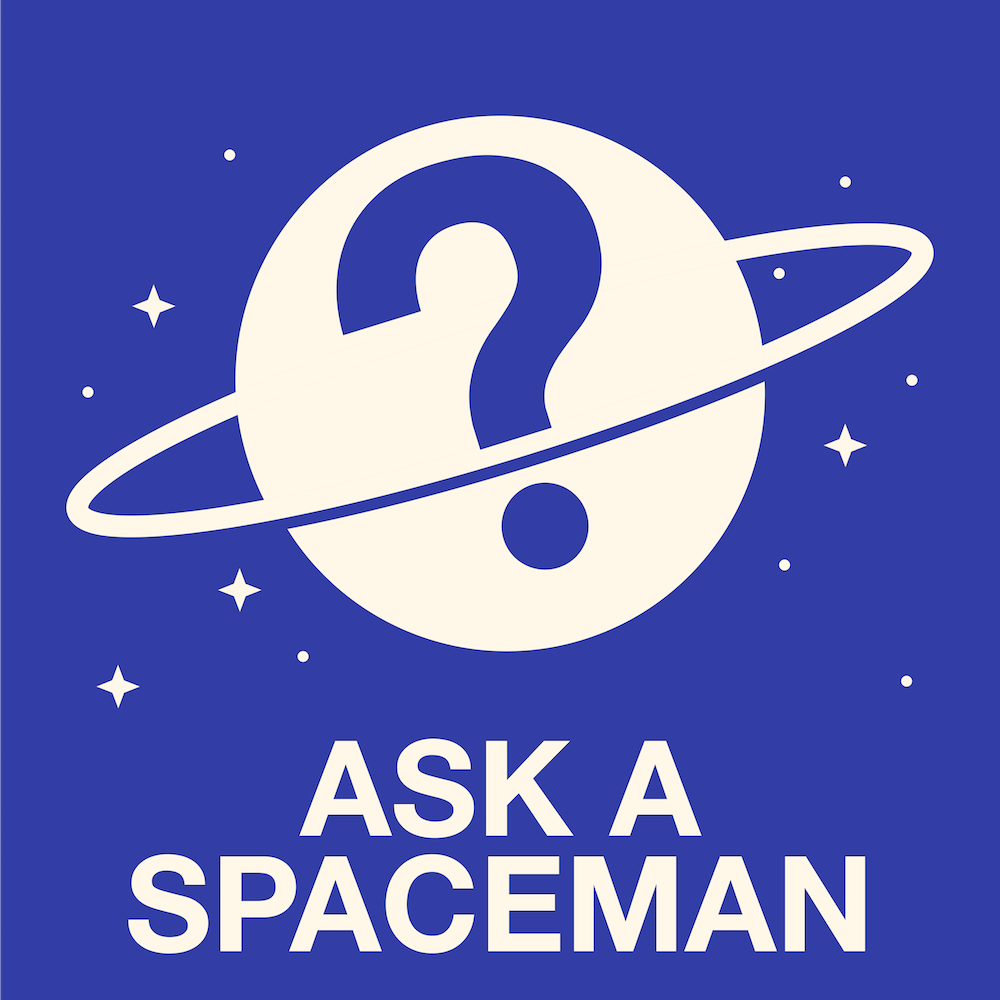Join us today as @WSHCrew discuss aboute advancements in warp drive technology research. Dr. Mario Borunda and more update with new Venus missions at #365DaysOfAstro


Join us today as @WSHCrew discuss aboute advancements in warp drive technology research. Dr. Mario Borunda and more update with new Venus missions at #365DaysOfAstro


NASA gives up on Insight. JAXA = YOLO! We will have more news and the @WSHCrew will talk with Dr. Aaron Rosengren and Di Wu about Solar System Superhighways

The first unmanned test flight of the new NASA Orion Spacecraft went perfectly. And the story of Eyes on The Solar System to explore the solar system and beyond

How did the solar system form? What is a “planet” and who decided that? Just how much space is in space?

Neptune has a controversial story about its discovery, some of the strongest winds in the solar system and some weird moons.

This week, we’re on to the next planet in the solar system. The blue gas planet. Today we’ll cover its faint rings, sideways axis of rotation and its rocky core.

This week we’re going to just talk about Jupiter, and then next week, we’re going to cover its moons.

Today we consider Mars, the next planet in our journey through the Solar System. It’s a cold, dry desert, so why does this planet hold such fascination?

Today we talk about our own home world: Earth. You might think you know the planet beneath your feet, but it’s actually one of the most interesting and dynamic places in the Solar System.